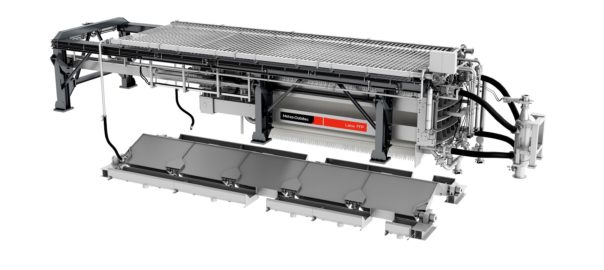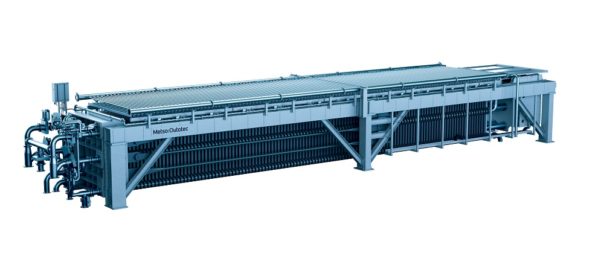Metso Outotec has signed a contract with Karara Mining Limited for the design of its tailings filtration plant expansion project at its iron ore mine in Western Australia.
This agreement includes the delivery of key filtration and material handling equipment and associated services, with the typical value for an order like this is in the range of €15-20 million ($11-15 million) depending on the scope of delivery. The order has been booked in Minerals’ June quarter 2021 orders received.
Karara produces a premium, high-grade (65-68% Fe) magnetite concentrate at a design production rate of 8 Mt/y, Metso Outotec said. With this expansion, the operation will increase the current tailings filtration capacity from 30,000 t/d to over 45,000 t/d enabling safe and sustainable storage of the process mine waste, with improved utilisation and recovery of water.
Kai Rönnberg, Vice President, Minerals Sales − Asia Pacific, said: “The Karara mine represents one of the largest filtered tailings facilities in the world. We are very proud that Karara Mining Limited has chosen Metso Outotec to deliver the plant design and key equipment in this expansion project. This is a continuation of earlier delivered proprietary key process equipment and long-term on-site maintenance service agreements.”
Metso Outotec’s scope in this expansion will include the Larox® FFP3512 filter press as primary filtration equipment, material handling conveyor systems and peripheral items. Additionally, spare parts and supervisory services will be supplied to support commissioning and plant ramp-up. Delivery will take place during 2022, and the plant is expected to start production late in the December quarter of 2022.












